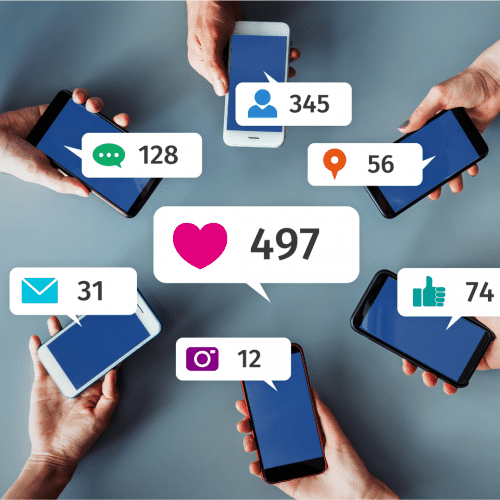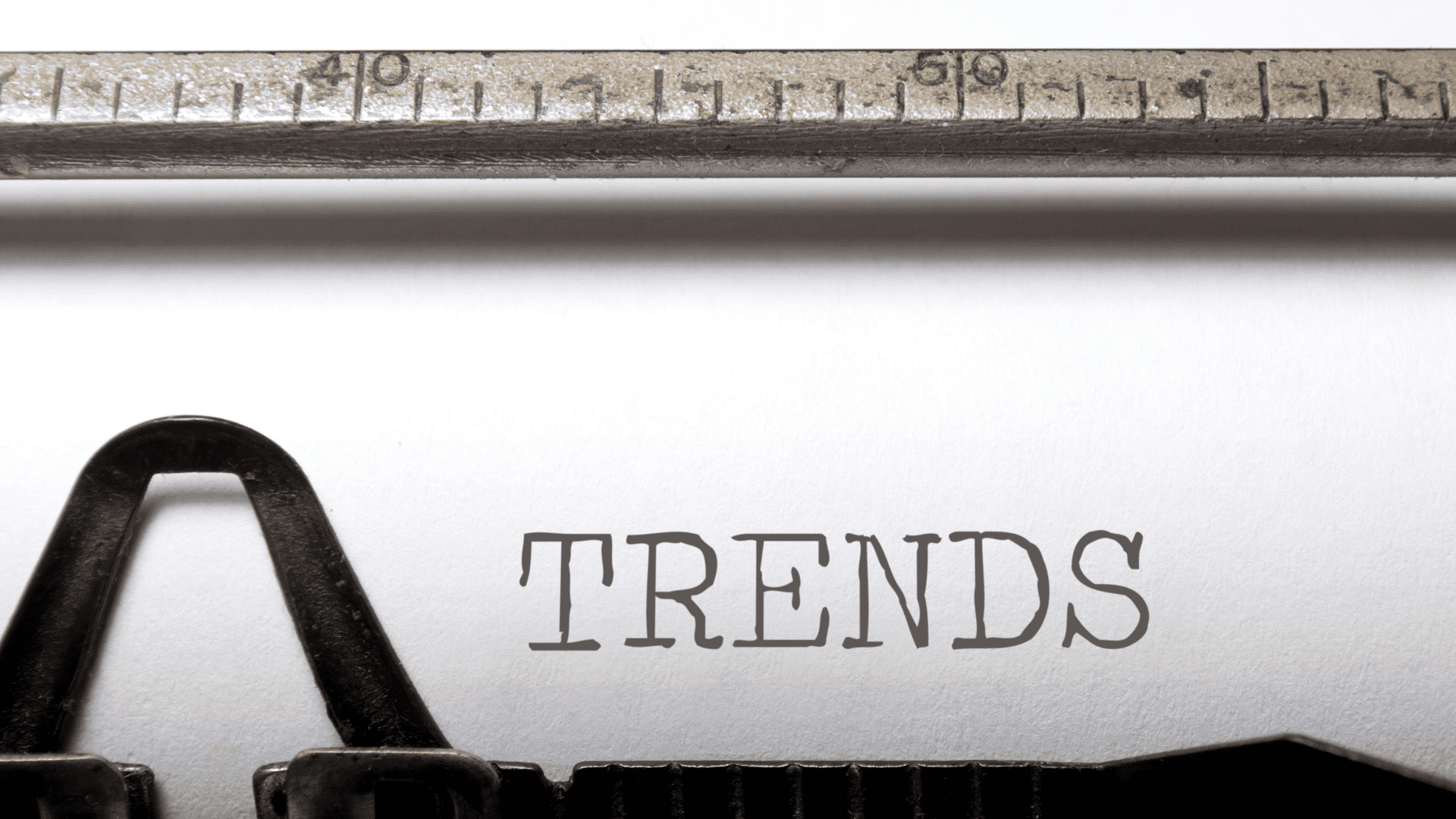Nov 2022
Influencer relations in B2B vs B2C
Written by Daisy Pledge

You might know what a B2C influencer is and does – but do you know how influencer marketing works in B2B?
Let’s talk through the basics, first. Originally, the more followers you had as an influencer the more money you were paid to endorse brands. These partnerships could be photos in a brand’s apparel, makeup tutorials or “tests”, fake reviews of tech, reposts of branded content – and more.
Micros leading the field
Eventually marketers woke up to the fact that audience size doesn’t necessarily correlate with engagement. In fact, the current trend is for micro-influencers to be used; those with tens of thousands of followers rather than hundreds of thousands or even millions of followers.
Micro-influencer audiences are usually highly engaged because they feel like they’ve “discovered” the influencer. They really buy into what the influencer says and does and make sure they keep up to date with their posts. But there’s a fine line between partnering with specific companies’ organic posts and oversaturating their accounts with sponsored content. Audiences are continuously more aware of being served ads that may or may not be trustworthy. While these micro-influencers are perfect for companies in terms of price and engagement, the competition to secure those partnerships is stiff.
What’s the difference?
Not much. People love to claim there’s a big difference between B2C and B2B marketing, until you explain that there is always a consumer at the end of the line. You might flog more free stock in B2C, but the underlying premise is the same: make a company known by the right people who will buy what they sell.
However, when it comes to influencer marketing, B2B is behind its consumer-focussed sibling. We’ve all seen LinkedIn influencers slated for making up ridiculous stories that are too good to be true – literally. It’s boring and uninteresting, which has led B2B businesses to also start looking at micro-influencers instead. Engagement is key – but fighting for the small number of B2B influencers is a challenge.
How B2B influencer partnerships can work
Much like B2C campaigns, it’s about identifying the right person to talk about your business, and how to do so in an engaging way. Whether that’s a cyber security expert testing out a new Network Detection and Response product and reviewing on their YouTube channel; a group of insurance entrepreneurs being interviewed about how traditional insurers can ‘be more tech’; a well-known CTO of a healthcare company blogging about how your client’s data platform led to identifying a global trend in Alzheimer’s; or having your company’s founder on a popular industry podcast.
As you can see, the sort of influencer partnerships you can create in B2B marketing are not so different to B2C, other than it may entail talking about a product or service rather than trying it on. The most important factor for both is being selective about the potential influencers you engage with – and that requires a lot of research on that influencers past actions and behaviours.
B2B businesses might not be selling the latest trainers, watches or sunglasses, but consumers in business are just as selective – if not more so – than in B2C. The amount they’re investing in your product is often much higher, there’s often a contract of at least a year and there is no returns option. For these reasons, persuading them to purchase takes longer and is more difficult. Some might say, B2B marketing is much more difficult, and also more rewarding. And we’d have to agree.






